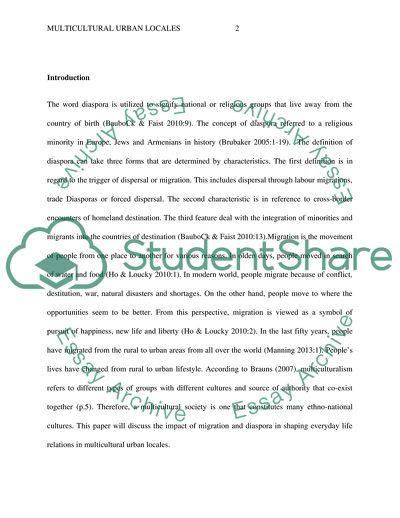Cite this document
(The Impact of Migration and Diaspora in Shaping Everyday Life Relation Term Paper, n.d.)
The Impact of Migration and Diaspora in Shaping Everyday Life Relation Term Paper. https://studentshare.org/sociology/1854034-critically-discuss-the-impact-of-migration-and-diaspora-in-shaping-everyday-life-relations-in-multicultural-urban-locales
The Impact of Migration and Diaspora in Shaping Everyday Life Relation Term Paper. https://studentshare.org/sociology/1854034-critically-discuss-the-impact-of-migration-and-diaspora-in-shaping-everyday-life-relations-in-multicultural-urban-locales
(The Impact of Migration and Diaspora in Shaping Everyday Life Relation Term Paper)
The Impact of Migration and Diaspora in Shaping Everyday Life Relation Term Paper. https://studentshare.org/sociology/1854034-critically-discuss-the-impact-of-migration-and-diaspora-in-shaping-everyday-life-relations-in-multicultural-urban-locales.
The Impact of Migration and Diaspora in Shaping Everyday Life Relation Term Paper. https://studentshare.org/sociology/1854034-critically-discuss-the-impact-of-migration-and-diaspora-in-shaping-everyday-life-relations-in-multicultural-urban-locales.
“The Impact of Migration and Diaspora in Shaping Everyday Life Relation Term Paper”. https://studentshare.org/sociology/1854034-critically-discuss-the-impact-of-migration-and-diaspora-in-shaping-everyday-life-relations-in-multicultural-urban-locales.


